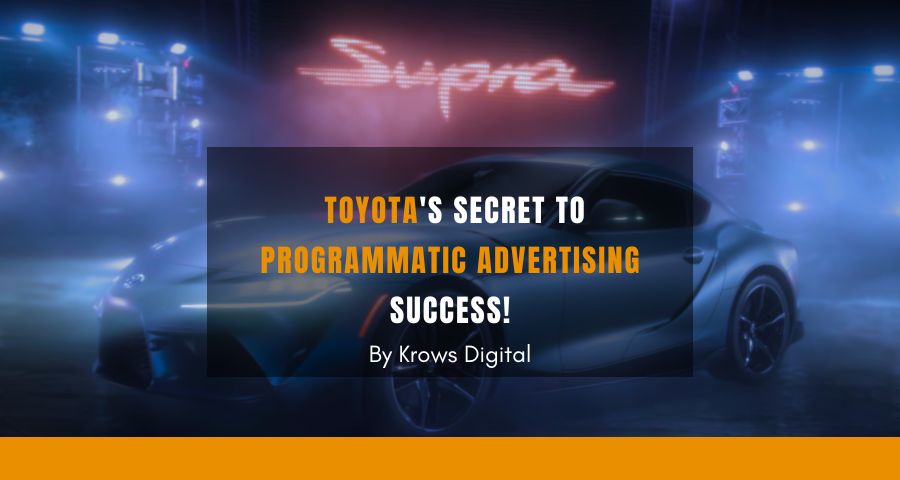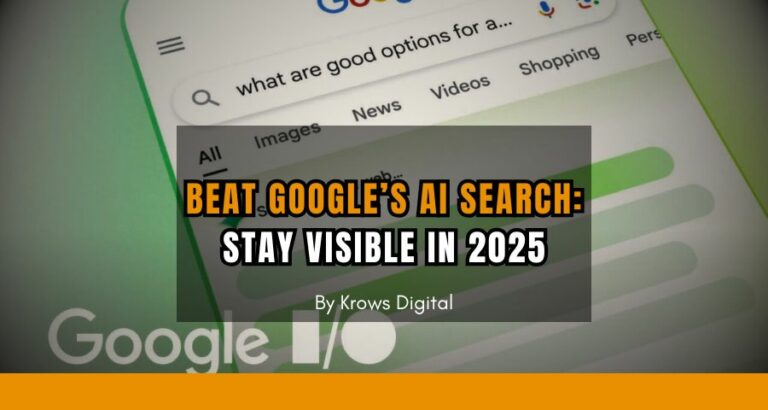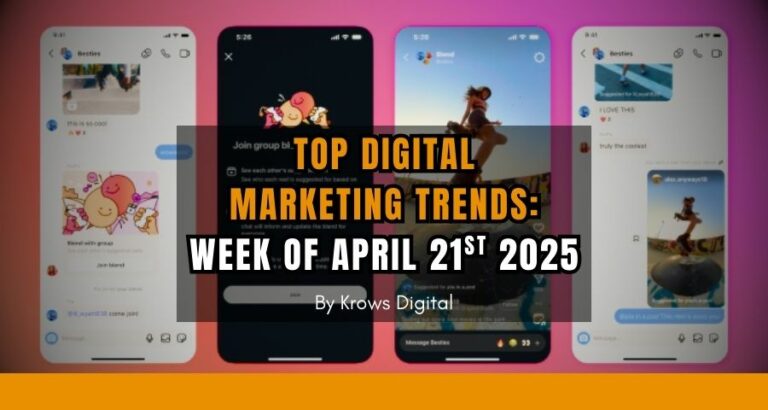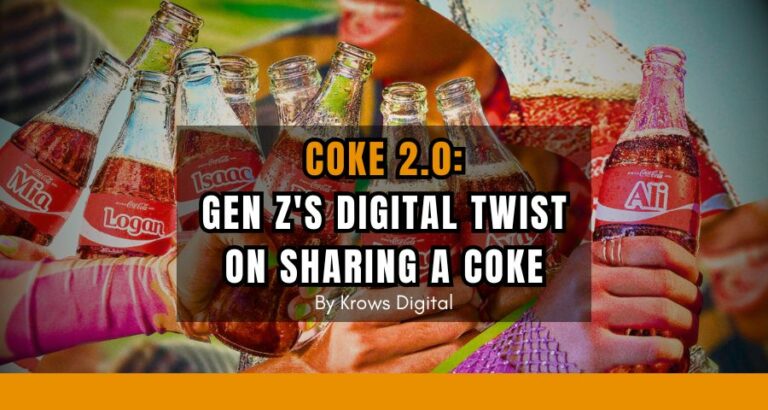In the fast-paced world of digital marketing, programmatic advertising has emerged as a game-changer, providing brands with the tools to deliver highly targeted and efficient campaigns. One of the standout examples of successful programmatic advertising in Japan is Toyota, a global automotive leader renowned for its innovative marketing strategies. This article delves into how Toyota harnessed the power of programmatic advertising and offers insights on how other businesses can replicate their success.
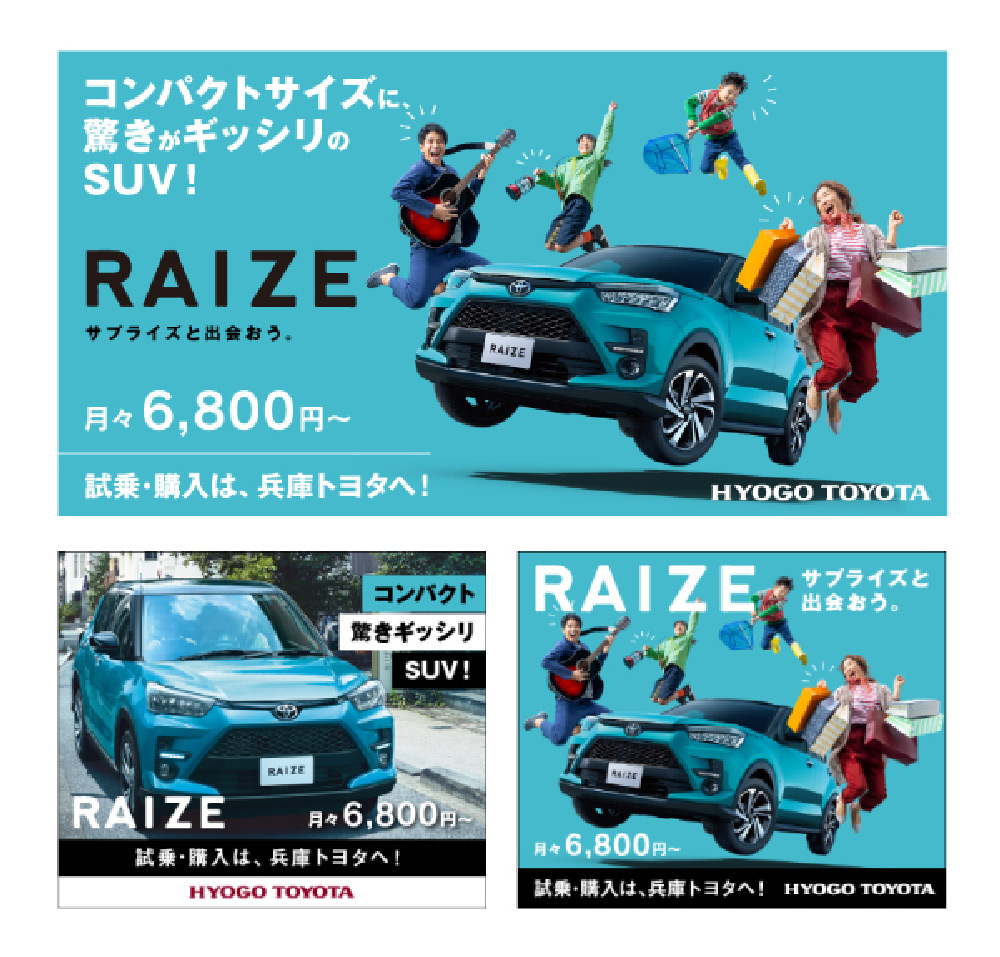
Understanding Programmatic Advertising
Before diving into Toyota’s strategy, it's essential to understand what programmatic advertising entails. Programmatic advertising automates the buying and selling of online ad space using data and algorithms to target specific audiences. This approach includes various ad formats such as display ads, video ads, social ads, and native ads. The key benefits of programmatic advertising include precise targeting, real-time optimization, and increased efficiency.
Toyota's Programmatic Advertising Journey
Toyota’s objective was clear: promote the launch of a new vehicle model, increase test drive bookings, and boost sales inquiries. The strategy Toyota employed was a multi-channel programmatic advertising approach, combining dynamic display ads, engaging video ads, and effective retargeting campaigns to reach potential buyers and encourage them to take action.
Key Elements of Toyota’s Strategy
1. Dynamic Display Ads:
Toyota utilized dynamic display ads to reach a broad audience across high-traffic websites and apps. By leveraging dynamic creative optimization (DCO), these ads were tailored in real-time based on user interests and behaviors. For example, users who frequently visited automotive websites saw ads featuring high-quality images and key features of the new vehicle model.
2. Engaging Video Ads:
Video ads played a crucial role in Toyota’s strategy. These ads were placed on YouTube, Facebook, and Instagram, showcasing the new vehicle’s innovative features and performance. Designed to capture attention quickly, these video ads directed viewers to Toyota’s website for more information, effectively driving engagement and interest.
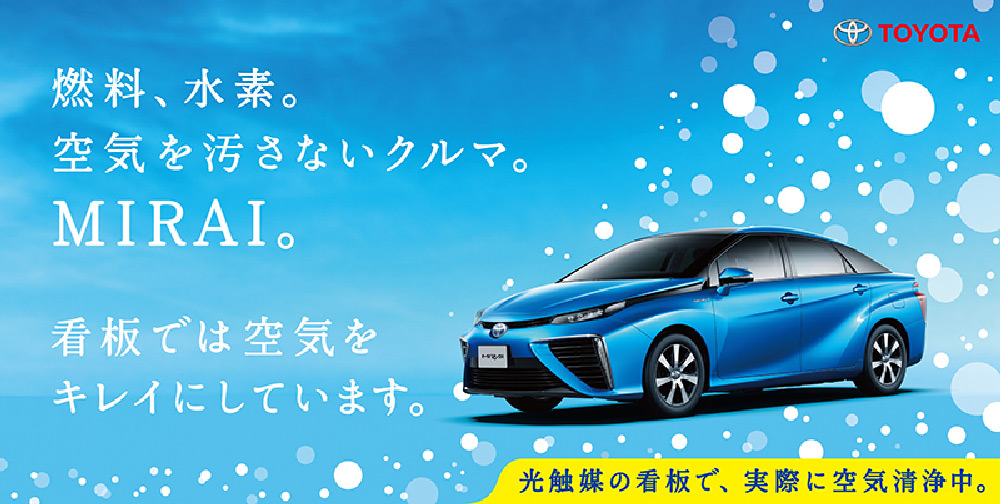
3. Retargeting Campaigns:
Toyota implemented retargeting campaigns to re-engage users who had visited their website but did not complete a desired action, such as booking a test drive. Personalized retargeting ads encouraged these users to return and complete the booking process, significantly boosting conversion rates.
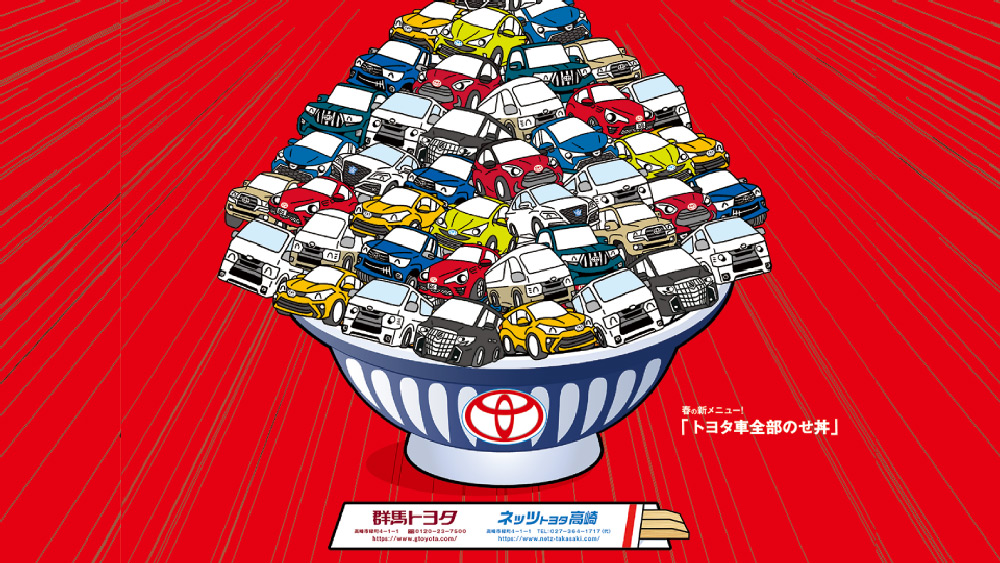
Results of Toyota’s Programmatic Campaign
Toyota’s programmatic advertising campaign yielded impressive results, demonstrating the effectiveness of their strategy:
- Test Drive Bookings: A 25% increase in test drive bookings, reflecting strong interest in the new vehicle model.
- Sales Inquiries: A 10% increase in sales inquiries, indicating a high level of interest and intent to purchase.
- Brand Engagement: Increased engagement with Toyota’s digital content, with users spending more time on the website and interacting with the ads.
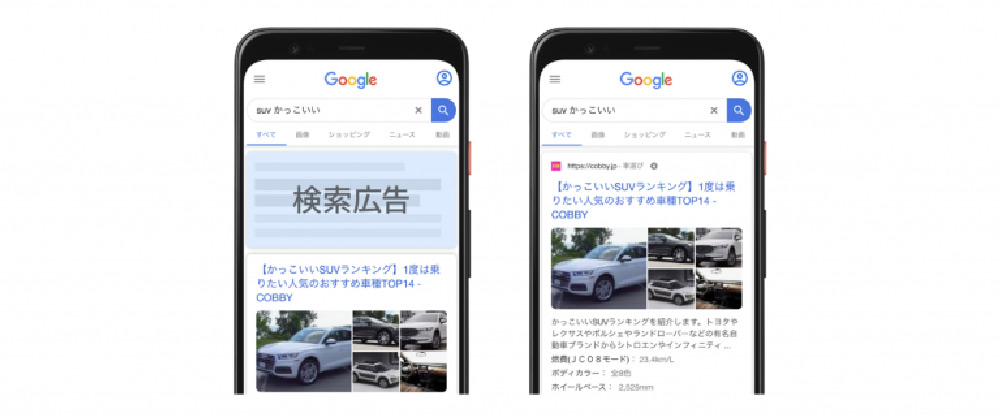
How Your Business Can Replicate Toyota's Success
Toyota’s success with programmatic advertising provides valuable lessons for businesses looking to enhance their digital marketing efforts. Here’s how your business can replicate Toyota’s success or draw inspiration from their strategy:
1. Define Clear Objectives
The first step is to define clear and measurable objectives for your programmatic advertising campaign. Whether it’s increasing brand awareness, driving website traffic, boosting sales, or promoting a new product, having clear goals will guide your strategy and help measure success.
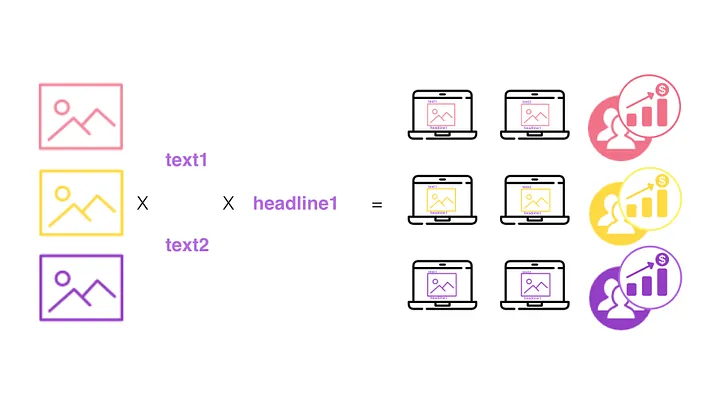
2. Utilize Dynamic Creative Optimization
Dynamic Creative Optimization (DCO) is a powerful tool that allows you to tailor ad creatives in real-time based on user behavior and preferences. By leveraging DCO, you can ensure that each user sees the most relevant and engaging ad, increasing the likelihood of conversion. For example, if you’re promoting a new product, use DCO to showcase different features or benefits based on the user’s interests and past interactions with your brand.
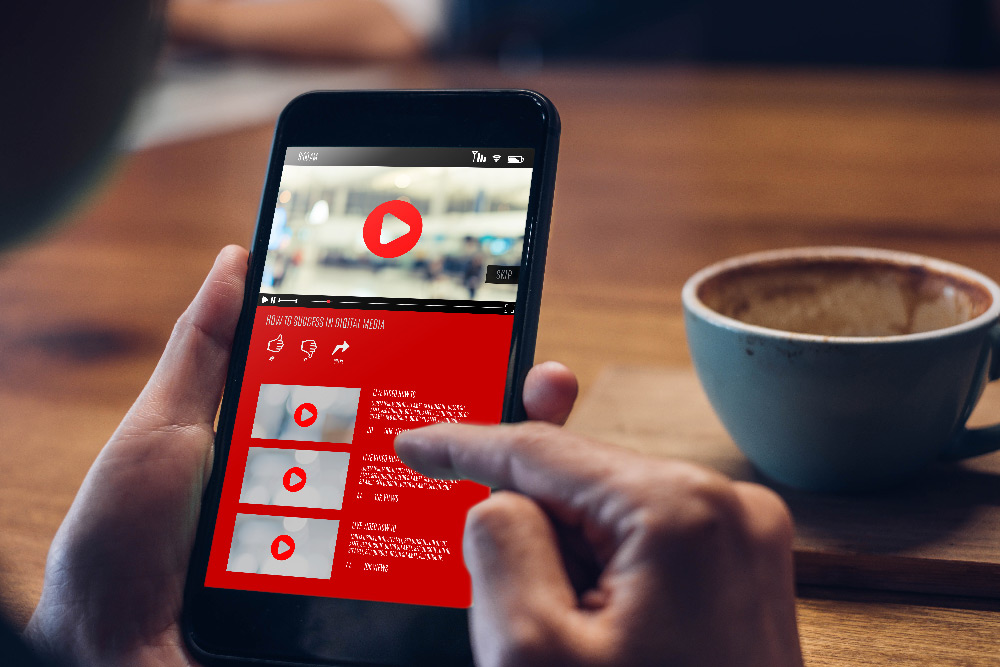
3. Leverage Video Advertising
Video ads are highly effective in capturing attention and driving engagement. Create compelling video content that highlights your product’s key features and benefits. Place these ads on popular video platforms like YouTube, as well as on social media channels such as Facebook and Instagram. Ensure your videos are short, engaging, and direct viewers to take the next step, whether it’s visiting your website or making a purchase.
4. Implement Retargeting Campaigns
Retargeting is essential for re-engaging users who have shown interest in your brand but haven’t completed a desired action. Use retargeting ads to remind these users of your products or services and encourage them to return and complete the purchase. Personalized retargeting ads can significantly boost conversion rates by addressing the specific interests and needs of each user.
5. Adopt a Multi-Channel Approach
A multi-channel approach ensures that your ads reach your audience across various touchpoints. Utilize multiple platforms such as Google Display Network, Yahoo! JAPAN Ads, LINE Ads, Facebook, and Instagram to create a cohesive and omnichannel advertising strategy. This approach maximizes your visibility and ensures a consistent message across all channels.

6. Monitor and Optimize in Real-Time
Continuous monitoring and optimization are critical to the success of your programmatic advertising campaign. Track key performance indicators (KPIs) such as impressions, click-through rates, conversion rates, and return on ad spend in real-time. Use this data to make informed adjustments to your targeting, creatives, and bidding strategies, ensuring that your campaign is always performing at its best.
7. Focus on Audience Segmentation
Effective audience segmentation is crucial for targeting the right users with the right message. Use data analytics to segment your audience based on demographics, interests, and behaviors. This precise targeting ensures that your ads are seen by the most relevant users, enhancing engagement and conversion rates. For example, if your target audience includes tech-savvy young adults, create ads that highlight innovative features and technology-related benefits of your product.

8. Emphasize Brand Storytelling
Storytelling is a powerful way to connect with your audience on an emotional level. Use your ads to tell a compelling story about your brand and products. Highlight the unique value proposition and how your products can solve problems or enhance the lives of your customers. Engaging storytelling can create a strong emotional connection, driving brand loyalty and long-term customer relationships.
Conclusion
Toyota’s success with programmatic advertising in Japan serves as a testament to the power of data-driven, automated advertising strategies. By defining clear objectives, leveraging dynamic creative optimization, utilizing video advertising, implementing retargeting campaigns, adopting a multi-channel approach, monitoring and optimizing in real-time, focusing on audience segmentation, and emphasizing brand storytelling, your business can replicate Toyota’s success or draw inspiration from their strategy.
Programmatic advertising offers unparalleled opportunities for precision targeting and efficient ad spend, ensuring that your marketing efforts are always aligned with your business goals. As the digital landscape continues to evolve, embracing programmatic advertising can position your brand for sustained success and growth.
By following these best practices and continuously adapting to new trends and technologies, your business can achieve significant results, just like Toyota did with their innovative programmatic advertising campaign.
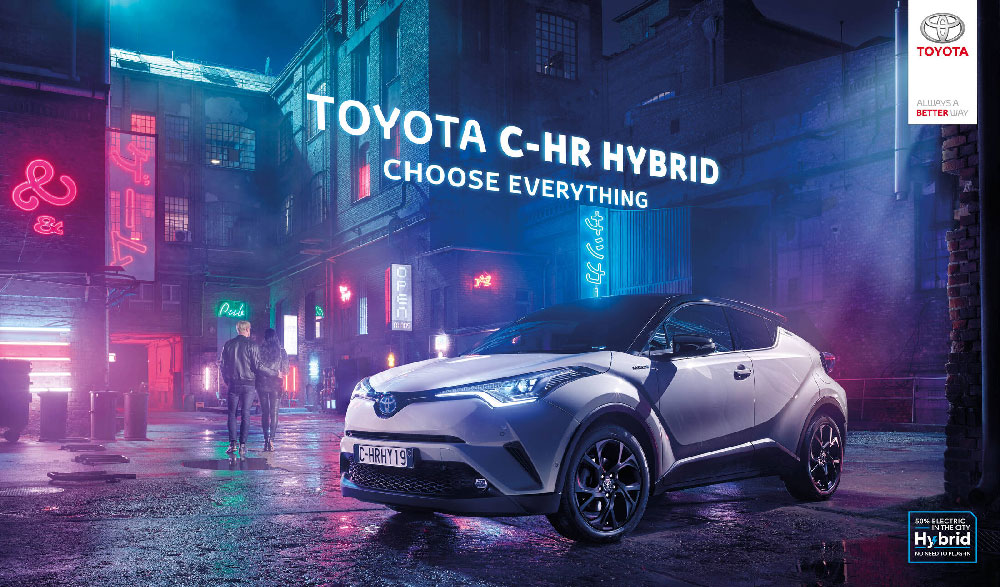
Final Thoughts
The digital marketing landscape is constantly evolving, and staying ahead requires a willingness to embrace new strategies and technologies. Programmatic advertising represents a powerful tool in the modern marketer’s arsenal, offering the ability to deliver highly targeted and efficient campaigns that drive real results. By learning from Toyota’s success and implementing these best practices, your business can unlock the full potential of programmatic advertising and achieve remarkable success in today’s competitive market.
Of course, if you don't know where to start in your Programmatic Advertising journey, feel free to reach out to us. We helped many companies reach the right audience in different markets!

